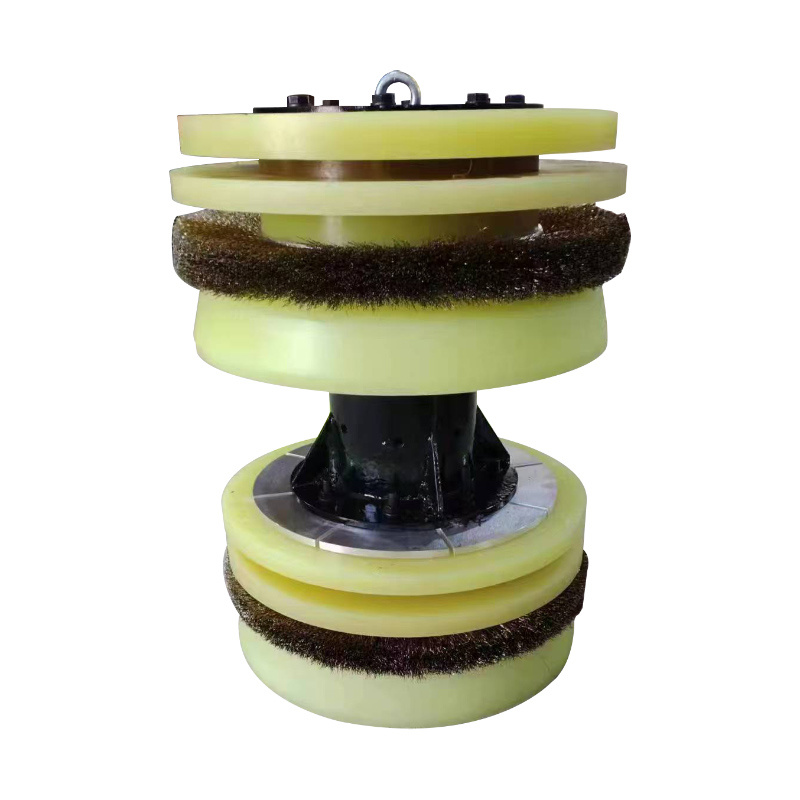Understanding High-Pressure Pipe Pluggers: Essential Tools for Efficient Pipeline Management
Apr 10,2025
High-pressure pipe pluggers are specialized tools designed to temporarily seal off sections of piping systems under elevated pressure conditions. These devices play an essential role in pipeline management, repair, and maintenance, facilitating safe and efficient operations in a variety of applications. They are predominantly used in construction, plumbing, and other industries where fluid transpo

High-pressure pipe pluggers are specialized tools designed to temporarily seal off sections of piping systems under elevated pressure conditions. These devices play an essential role in pipeline management, repair, and maintenance, facilitating safe and efficient operations in a variety of applications. They are predominantly used in construction, plumbing, and other industries where fluid transport is critical.
One of the primary functions of a high-pressure pipe plugger is to isolate a section of the pipe during maintenance or repair work. This isolation prevents fluid from flowing through the designated area, allowing technicians to perform necessary tasks without risking leaks or spills. High-pressure pipe pluggers are engineered to withstand significant pressure levels, ensuring they remain secure even under challenging conditions.
The application of high-pressure pipe pluggers extends beyond simple isolation. They are also utilized in testing the integrity of pipelines, ensuring that the entire system is leak-free before it becomes operational. By using a plugger to seal off sections of the pipe, professionals can conduct pressure tests and identify any potential weaknesses in the system. This proactive approach is crucial in preventing costly downtime and ensuring the safety and reliability of pipeline operations.
Another benefit of high-pressure pipe pluggers is their versatility. They can be used across a wide range of pipe sizes and materials, making them suitable for various industries, including water supply, oil and gas, and wastewater management. Additionally, many high-pressure pipe pluggers are designed for quick deployment and removal, which contributes to increased efficiency and reduced labor time on-site.
When selecting a high-pressure pipe plugger, it is important to consider factors such as the pressure rating, the type of material, and the dimensions of the pipes being worked with. Ensuring compatibility with the existing pipeline system is critical to achieving optimal performance and safety. Furthermore, proper training on the use of these tools is essential for workers to maximize their effectiveness and minimize risks during operations.
In conclusion, high-pressure pipe pluggers are indispensable for professionals in the construction and decorative materials industry. Their ability to isolate sections of piping, facilitate testing, and ensure safety makes them crucial tools for effective pipeline management. Understanding their proper application and benefits can enhance operational efficiency, reduce risks, and contribute to successful project outcomes.
One of the primary functions of a high-pressure pipe plugger is to isolate a section of the pipe during maintenance or repair work. This isolation prevents fluid from flowing through the designated area, allowing technicians to perform necessary tasks without risking leaks or spills. High-pressure pipe pluggers are engineered to withstand significant pressure levels, ensuring they remain secure even under challenging conditions.
The application of high-pressure pipe pluggers extends beyond simple isolation. They are also utilized in testing the integrity of pipelines, ensuring that the entire system is leak-free before it becomes operational. By using a plugger to seal off sections of the pipe, professionals can conduct pressure tests and identify any potential weaknesses in the system. This proactive approach is crucial in preventing costly downtime and ensuring the safety and reliability of pipeline operations.
Another benefit of high-pressure pipe pluggers is their versatility. They can be used across a wide range of pipe sizes and materials, making them suitable for various industries, including water supply, oil and gas, and wastewater management. Additionally, many high-pressure pipe pluggers are designed for quick deployment and removal, which contributes to increased efficiency and reduced labor time on-site.
When selecting a high-pressure pipe plugger, it is important to consider factors such as the pressure rating, the type of material, and the dimensions of the pipes being worked with. Ensuring compatibility with the existing pipeline system is critical to achieving optimal performance and safety. Furthermore, proper training on the use of these tools is essential for workers to maximize their effectiveness and minimize risks during operations.
In conclusion, high-pressure pipe pluggers are indispensable for professionals in the construction and decorative materials industry. Their ability to isolate sections of piping, facilitate testing, and ensure safety makes them crucial tools for effective pipeline management. Understanding their proper application and benefits can enhance operational efficiency, reduce risks, and contribute to successful project outcomes.
PREVIOUS:








